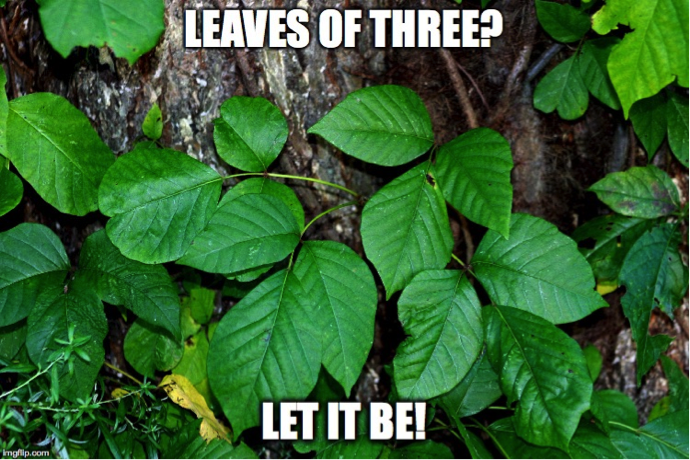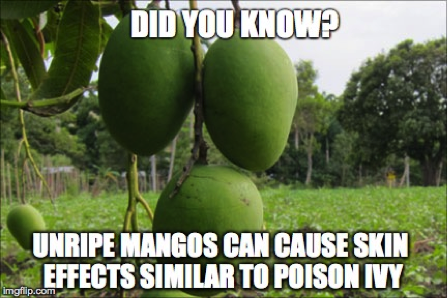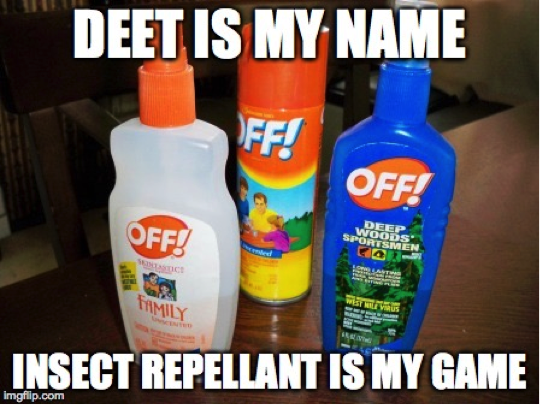By: David Jalali
What a wonderful feeling it is to traverse through a pristine forest on a sunny, breezy day. The typical hustle and bustle of urban life is gone, the worries and problems of civilization seem to be miles away. The only sounds you hear are the twigs snapping under your feet, the birds chirping, the occasional sound of wildlife passing through the forest, grazing on the foliage. You take a deep breath, inhaling the cool, moist air into your lungs, tasting the earthy yet clean aromas. A sense of peace and calmness takes over, uniting your spirit with the forest, as if the trees are taking you under their shelter.
It’s amazing how such a simple act of hiking into a secluded area does wonders for the mind, body, and spirit. Having said that, the forest can do just as much damage as it can healing, therefore it’s important to realize that this is still a wild space, and that the standard rules don’t apply here. One must take extra precautions as to minimize their potential exposure to harm, while maximizing the derived pleasure from the experience.

This age-old adage is one of the most helpful rhymes to remember when walking through the forest. One must always be vigilant about where they are stepping and which plants they rub against, and this mantra is one of the most important.
Toxicodendron radicans, more commonly known as poison ivy, is one of the banes of hikers and forest traversers. Found throughout North America and parts of Asia, anyone who grew up playing in their backyard woods learned, either the easy way or the hard way, to avoid this plant. While many species of birds and insects utilize this plant for its nutritional values, it is an extreme allergen to humans. Urushiol, an oily excretion from the plant, can, upon contacting the human skin, induce a violent allergic reaction. The susceptibility and severity of the reaction varies from person to person, but the general outcome tends to be an itchy, blistering, and sometimes painful rash that can easily spread through scratching.
“A hairy vine is no friend of mine!”
While typically identified by its distinct three-leaf stems, with the stem of the middle leaf being slightly longer, there are numerous variations of the species. In addition to the most commonly seen medium sized shrub version of the plant, it is also found in the form of a hairy vine that climbs trees. While this subspecies is just as allergenic to humans, it is much easier to avoid as one could see it at eye level, compared to scanning the ground for shrubbery.


“I’m exposed, now what?”
Many people believe in the common misconception that any contact with poison ivy will lead to a rash. This simply is not true, as the rash is due to a failure to wash off the urushiol, allowing your skin to be exposed for 2-8 hours. The best way to prevent an outbreak, besides complete avoidance, is to scrub the suspect area with soap and water, completely removing the oil. One should treat urushiol the same as car grease, as it is tough to remove unless one uses significant friction. Fancy expensive soaps work just as well as hand soap and dish detergent; the most important part is the applied friction with a washcloth or loofa.
If you fail to remove the oil in a timely manner, fear not, for the discomfort can be managed. Since this is an immune system reaction, allergy pills / steroid based creams can help alleviate the symptoms. Calamine lotion can also help sooth the itching and inflammation. Overall, reactivity to the urushiol is highly variable, with an estimated 30% of the general population demonstrating no reaction whatsoever. If you’re not lucky enough to be part of that 30%, the above steps can help ensure that any encounter with poison ivy is minimalistic.
“Something’s bugging me…”
So by now, you know how to deal with poison ivy, one of the biggest and most prominent dangers of traversing into the forest. But what about all of the potential critters and crawlers that can bite you, how can we deal with those?

By using insect repellents that contain 20-30% DEET, or diethyltoluamide, one can successfully ward off threats from ticks, mosquitos, leeches, fleas, and various other biting insects. Originally utilized as a pesticide for farm crops, it was further developed by the US Army for their jungle warfare. As with all chemicals, it is suggested to avoid using repellants on broken skin / open wounds, and to wash it off if any irritation is experienced. For the most part, however, it is a necessary tool for any adventurer wishing to enjoy the woods, without the woods enjoying them as well.
In the event that you are bit, it is important to monitor the bite cautiously for signs of development. While mosquito bites tend to be minimalistic and heal by themselves, other various bug and spider bites can have more significant effects. From first hand experience, I can tell you that, if gone untreated, bug bites can turn into a very nasty affair. Due to the graphic nature of the wound I chose not to disclose a picture, but I will describe it in words to give you a mental picture. After a long day of fieldwork, I discovered a small red bite mark behind my left knee. I thought nothing of it, as I hadn’t felt anything at the time of the bite and assumed it would heal by itself. Twenty-four hours later, the small red bump had spread to essentially the entire back of my knee, with significant swelling, bruising, and tenderness. Having watched one too many National Geographic programs on deadly spider bites, I immediately sought medical attention. My doctor noted that it had become infected, with a potential need for urgent care and drainage. I was prescribed doxycycline, a powerful antibiotic, and advised to keep the wound on a heat pad in order to maximize blood flow to the area. This allowed a healthy supply of white blood cells and anti-bodies to the site.
Luckily, after 48 hours on medication, the swelling died down and, apart from some bruising, the area began to feel less tender. Thankfully, drainage was not necessary. Needless to say, however, that if I had ignored the wound and expected it to heal by itself, the consequences could have been much uglier, with potential permanent damage to my skin / knee.
All in all…
Vigilance and preparedness are keys to having a safe, pain free journey into the field. By taking the necessary precautions, such as applying insect repellant, in addition to educating oneself with the natures of plants like poison ivy, one can ensure that ventures into the wilderness can be nearly risk free. The higher the chances of leaving the woods unscathed, the more opportunities there will be for actually taking in the environment and enjoying it. Happy hiking!